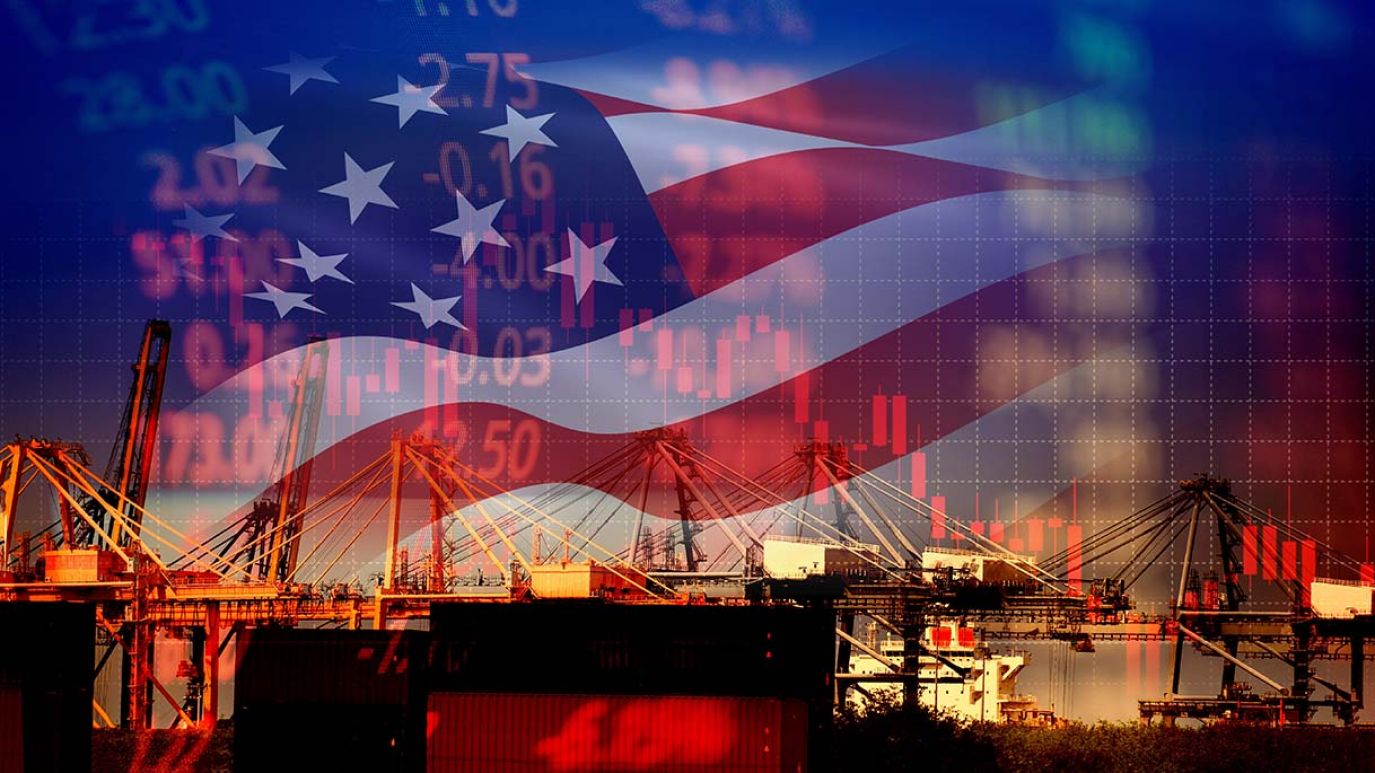Asian countries take big tariff hits, but the semiconductor and pharma industries remain exempt… for now

The sweeping trade tariffs imposed by President Trump have sent global stock markets into turmoil. The APAC region has been hit particularly hard. But, for now, the semiconductor and pharma industries have been granted exemptions. How long will that last?
Asia Pacific (APAC) countries have been handed tariff hits of between 10–49%, effective April 5, 2025, as U.S. President Donald Trump continues with his “America First” strategy aimed at reducing trade deficits with partners around the world and rebuilding the U.S. economy. APAC countries were hit particularly hard, but the pharma and semiconductor sectors gained exemptions, at least for the foreseeable future.
President Trump imposed a blanket 10% tariff on U.S. imports, but many APAC countries were handed at least a further 10%-plus on top of that rate, depending on their trade deficits with the U.S. and the value of the imports provided. For example, the largest economies in the region – India, Japan, and South Korea – received tariffs in the 24-26% range, with their key manufacturing sectors in pharmaceuticals and semiconductors benefiting from tariff exemptions.
Reciprocal tariffs for “worst offenders”
Higher tariffs – which the president is calling “reciprocal” tariffs against partners who are deemed to have treated the U.S. unfairly, or have imposed similarly high tariffs on U.S. imports – will come into effect on April 9. Trump's order has exempted 1,000 product categories. However, pharmaceuticals, uranium, and semiconductors are currently exempt, although the administration has said it’s considering new duties on some of them.
China was hit with a 34% tariff on top of the existing 20% tariff imposed by Trump in the early days of his presidency. On April 9, in response to Beijing's retaliation against the 34% tariff, the Trump administration imposed an additional 50% tariff on China. This means that since January 2025 the U.S. has imposed 104% tariff on all Chinese imports.
Surprisingly, Vietnam – a growing hub for AI, semiconductor assembly, and clean energy technologies and a hub for smartphone and accessory manufacturing for brands such as Apple – was hit with a baseline tariff of 46%.
Likewise, Taiwan – the leader in advanced semiconductor manufacturing – was given a huge 32%, which it intends to react against through negotiations rather than reciprocal tariffs on U.S. imports. Table 1 shows some of the most heavily affected countries.
Table 1. President Trump import tariffs on various APAC countries
- China: 104% (including earlier tariffs)
- Cambodia: 49%
- Vietnam: 46%
- Thailand: 36%
- Taiwan: 32%
- Indonesia: 32 percent
- Malaysia: 24 percent
- India: 26%
- South Korea: 25%
- Japan: 24%
- Philippines: 17%
Importantly, one of the clear-cut exemptions from Trump’s tariffs plan are the semiconductor and pharma industries – although details still appear to be sketchy. It means that while Taiwan faces a hefty 32% import tariff, the world’s leading semiconductor manufacturing company, Taiwan Semiconductor Manufacturing Company (TSMC), is currently exempt. TSMC supplies AI chips to U.S. companies such as NVIDIA and Google.
TSMC and ASML “safe” for now
TSMC has also recently invested an additional $100 billion to build three new fabrication plants, advanced packing facilities, and an R&D center in Arizona – that’s on top of its existing $65 billion investment in the U.S. TSMC’s investments are widely regarded as Taiwan trying to mitigate the introduction of hefty U.S. tariffs,[1].
It could also mean that Dutch lithography specialist ASML – which is globally dominant in the manufacture of equipment for printing advanced chips – may also be exempt from the 20% levy placed on the EU. The company also predicted that any tariffs placed by Trump would not materially affect it financial outlook for 2025.[2]
In a foreshadowing of Wednesday’s announcement, ASML predicted in December 2024, in comments to business magazine Fortune, that U.S. tariffs would have little impact on the company’s financial outlook for 2025.
India’s pharma sector – the U.S. is India’s largest export market for pharmaceuticals – has for now also been exempted. South Korea and Japan also benefit from exemptions on semiconductors and pharma, but the former has been hit with a 25% tariff on automobiles and auto parts.
Japan – which has thriving R&D agreements with the U.S. and Europe – has stated that it has “serious concerns about the [U.S. tariffs’] consistency with the WTO (World Trade Organization) Agreement and the Japan-U.S. Trade Agreement.”
Clearly, there are further details to be announced, but these new tariffs have already sent global stock markets into turmoil, as the Trump administration describes it as potentially one of the greatest economic resets in history.
This is where Pamir can help. We are experienced specialists in helping U.S. companies navigate the complexities and unpredictability of the Chinese and broader Asian markets.
Now more than ever, Pamir can help you to minimize risk and optimize opportunity. Contact us today to find out more.
[1] https://pamirllc.com/blog/asia-is-set-to-power-the-global-semiconductor-market-for-the-foreseeable-future?highlight=WyJhcml6b25hIl0=
[2] https://fortune.com/europe/2024/12/03/dutch-chip-giant-asml-forecasts-trump-tariffs-material-impact-2025/
China’s 5G influence in developing economies
China’s Belt and Road Initiative and its digital counterpart, the Digital Silk Road, threaten to displace US telecom and tech companies in developing economies in Africa, Latin America and the Middle East. How can US operators and network providers stand up to the challenge?